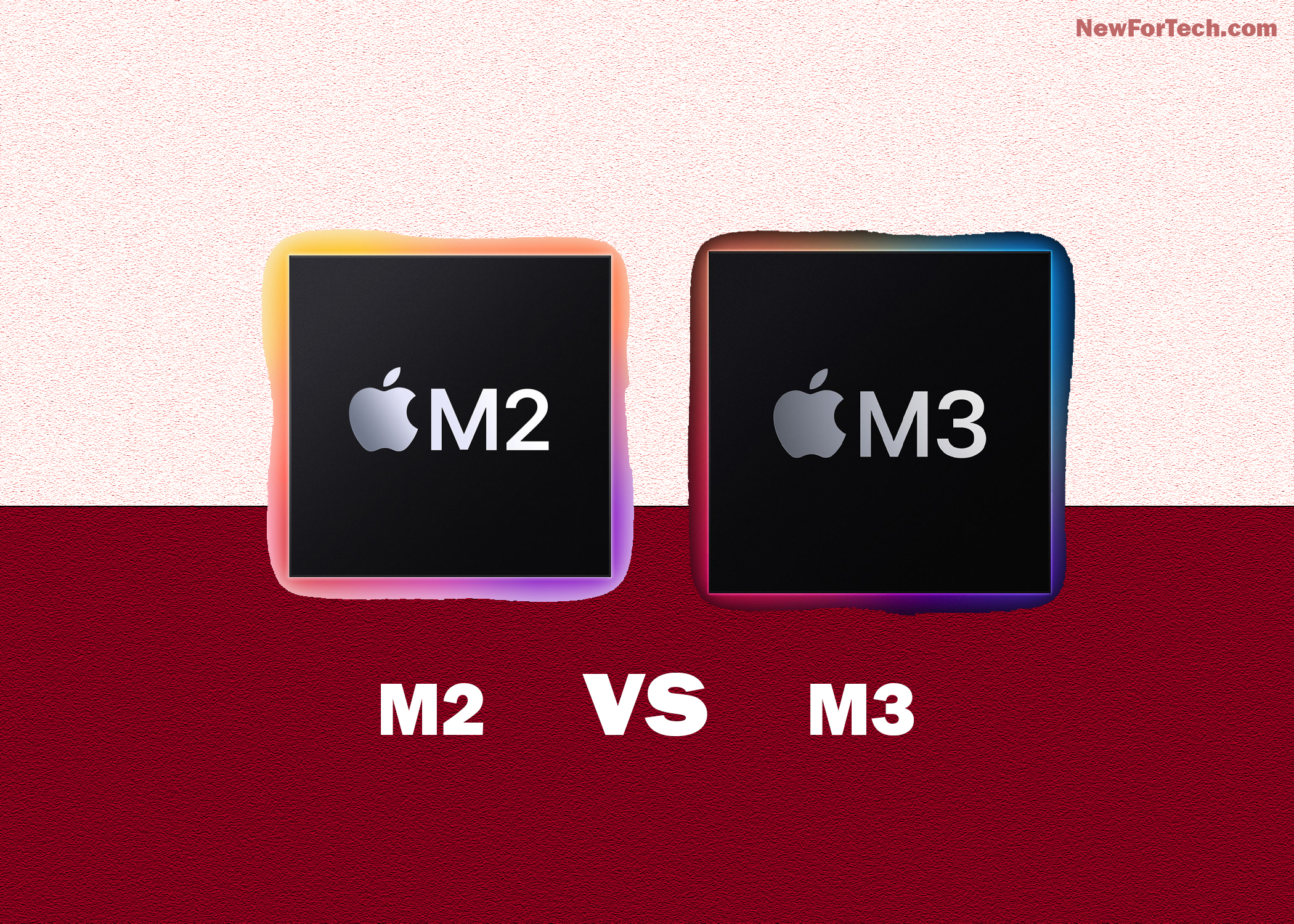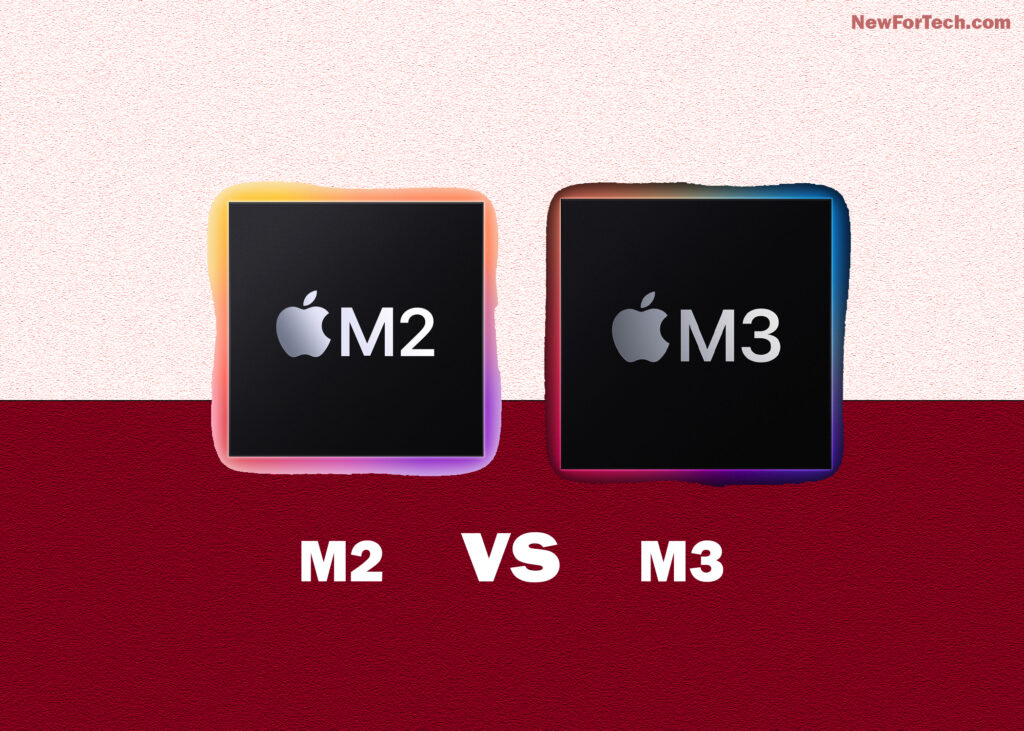M2 vs. M3, introducing Apple’s Latest M3 Chip: A Game-Changer for Your Next Mac?
In the thrilling October 2023 reveal, Apple not only showcased the base model M3 chip but also unveiled its powerful companions—the M3 Pro and M3 Max. These chips now grace the insides of Apple’s cutting-edge Macs, with the M3 taking center stage as perhaps the most pivotal component in the lineup.
For those upgrading from an older Mac equipped with the M1 or an Intel chip, the M3 series brings a host of enticing features. Notably, Apple’s unveiling video strategically compared the M3 to its predecessors, steering clear of the M2. This raises a pertinent question: How does the M3 measure up against the M2, especially if you’re currently in possession of the latter? As you contemplate your next Mac purchase, the dilemma emerges—should you invest in the M3 for the latest and greatest, or opt for the potentially more budget-friendly M2?
Let’s delve into the intricacies of both chips, exploring their similarities and differences. Armed with this knowledge, you can confidently navigate the decision-making process for your upcoming Mac acquisition.
M2 vs. M3: Unveiling Specs and Features
Positioned at the core of Apple’s Mac lineup, the M2 and M3 chips dominate the iMac, MacBook Air, and Mac mini selections. Unlike the Intel era, both chips promise an exceptional Mac experience.
CPU
Both the M2 and M3 house eight CPU cores, split into four performance and four efficiency cores. This design optimally manages tasks, balancing power efficiency and high-performance capabilities.
GPU
With identical eight-core configurations, both chips offer a 10-core upgrade option for users delving into GPU-intensive workflows like photo or video editing and Mac gaming. Notably, the M3 family boasts an impressive five billion more transistors than the M2, resulting in a 15% performance boost in AI and machine learning workflows.
Architecture
The M3 introduces a groundbreaking 3nm manufacturing process, enhancing efficiency and allowing for extended, intensive usage. This contrasts with the M2’s 5nm process. Dynamic Caching, exclusive to the M3’s GPU, optimizes memory usage, promising enhanced performance across all M3-series chips.
In addition, the M3’s Neural Engine mirrors the M2 with 16 cores, ensuring consistent processing capabilities.
In summary, while the M2 and M3 share similarities in CPU and GPU prowess, the M3’s cutting-edge manufacturing process and exclusive features make it a compelling choice for those seeking heightened performance and efficiency in their Mac experience.
M2 vs. M3: Mac Availability Showdown
Apple strategically places the M2 and M3 chips in its entry-level machines, reserving the Pro, Max, and Ultra variants for the flagship Macs.
The M2 finds its home in a broad range of Apple devices, encompassing the 13-inch MacBook Air, 15-inch MacBook Air, 13-inch MacBook Pro, Mac mini, iPad Pro, and Vision Pro.
Conversely, the M3, during its initial launch, resides in just two machines: the M3 24-inch iMac and the M3 14-inch MacBook Pro. Anticipate wider integration with upcoming updates to the MacBook Air and Mac mini. A substantial iPad Pro overhaul is also expected in 2024, potentially featuring OLED displays, though the fate of the Vision Pro remains uncertain.
For those eyeing an M3 experience, the entry point is the $1,299 M3 iMac, with the M3 14-inch MacBook Pro starting at $1,599. Notably, the M2 chips are absent in these models, eliminating a direct comparison. Savvy shoppers may uncover enticing deals as retailers clear out older inventory to accommodate the latest models.
M2 vs. M3: Choosing Your Mac Wisely
Selecting between the M2 and M3 hinges on your specific Mac needs.
For routine tasks, the M2 suffices, delivering speed, quiet operation, and efficient battery use.
The M3, with its 3nm construction, offers incremental improvements, including GPU enhancements. Whether these nuances matter to most users, especially in comparison to the M2, is debatable.
For M1 Mac users, especially with the 24-inch iMac or the M3 14-inch MacBook Pro, the decision becomes nuanced. Consider additional factors like a superior display in the latter. Caution is warranted with the M2 13-inch MacBook Pro, where an M3 upgrade might bring more than just a new chip, such as an enhanced display. Be vigilant for enticing deals in this realm.


